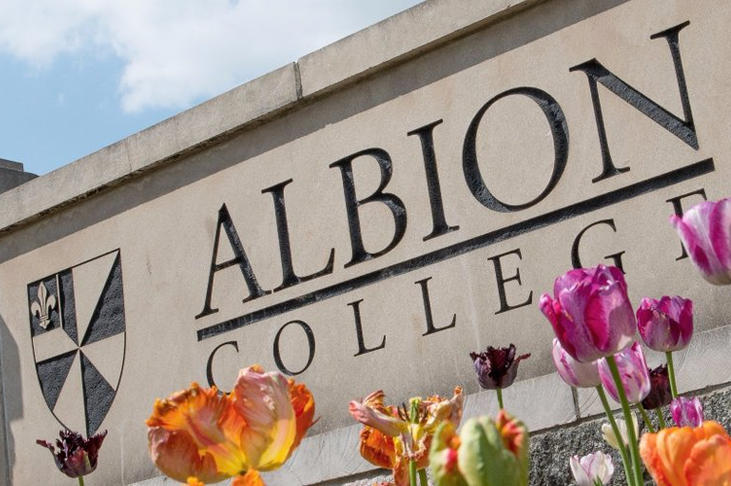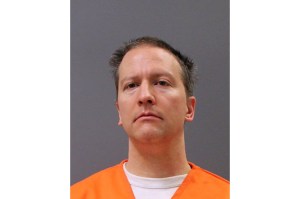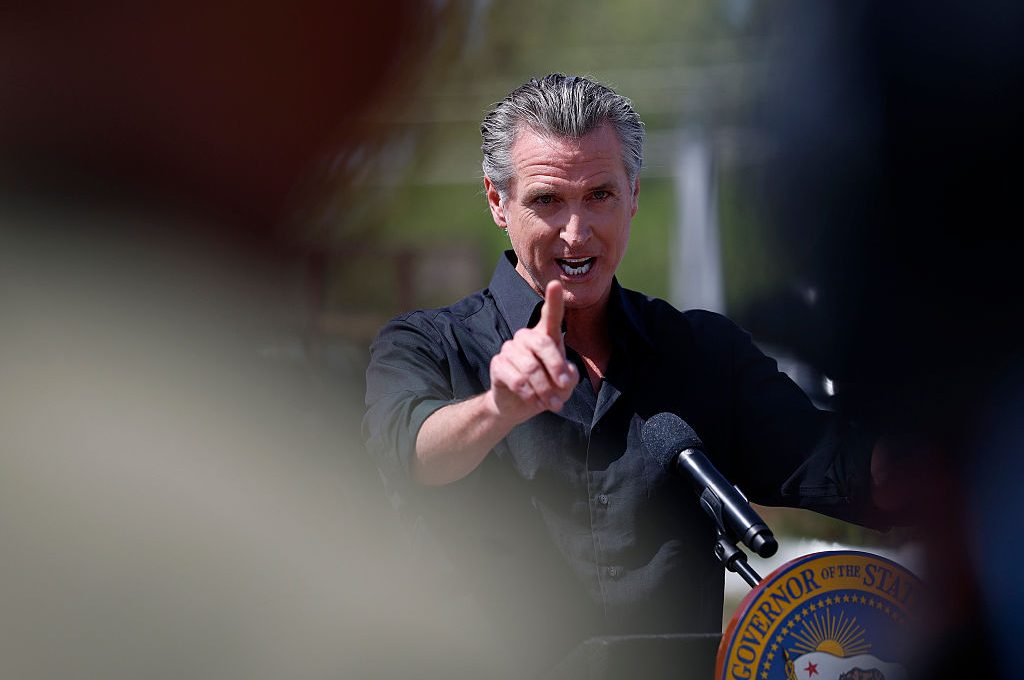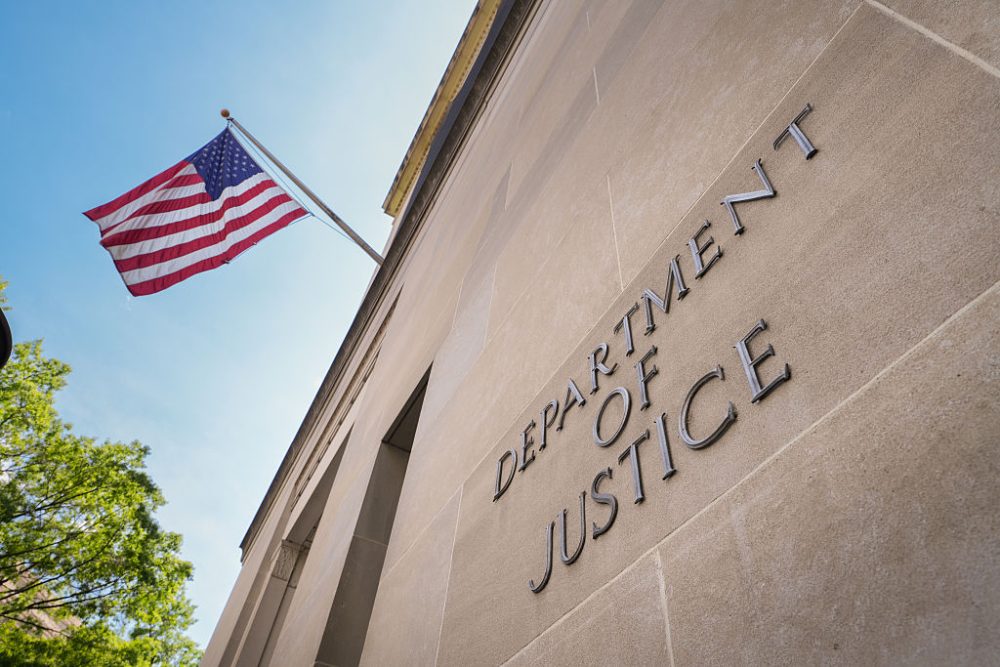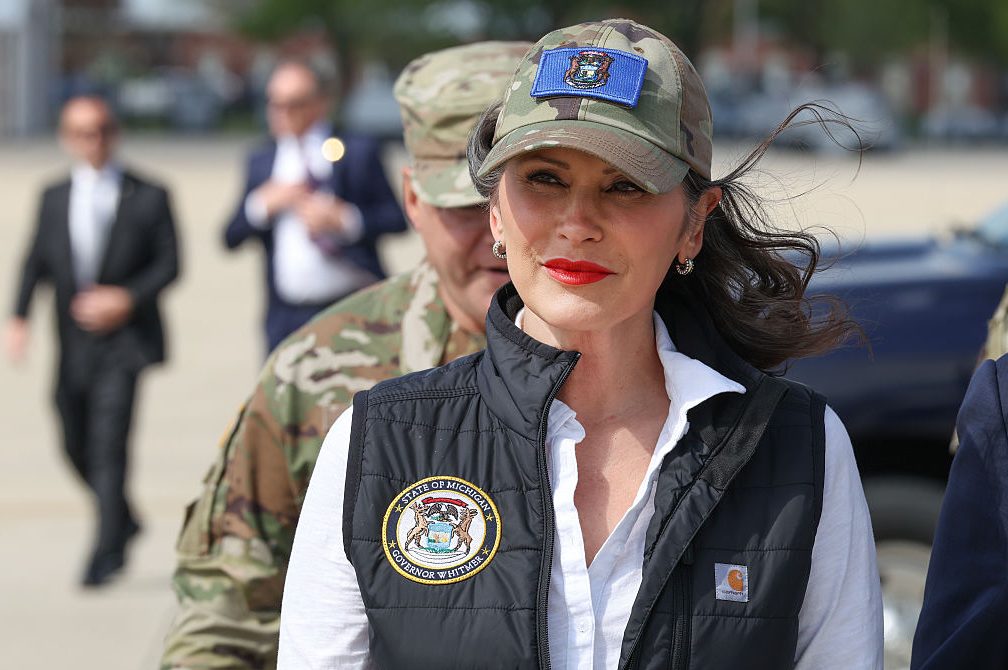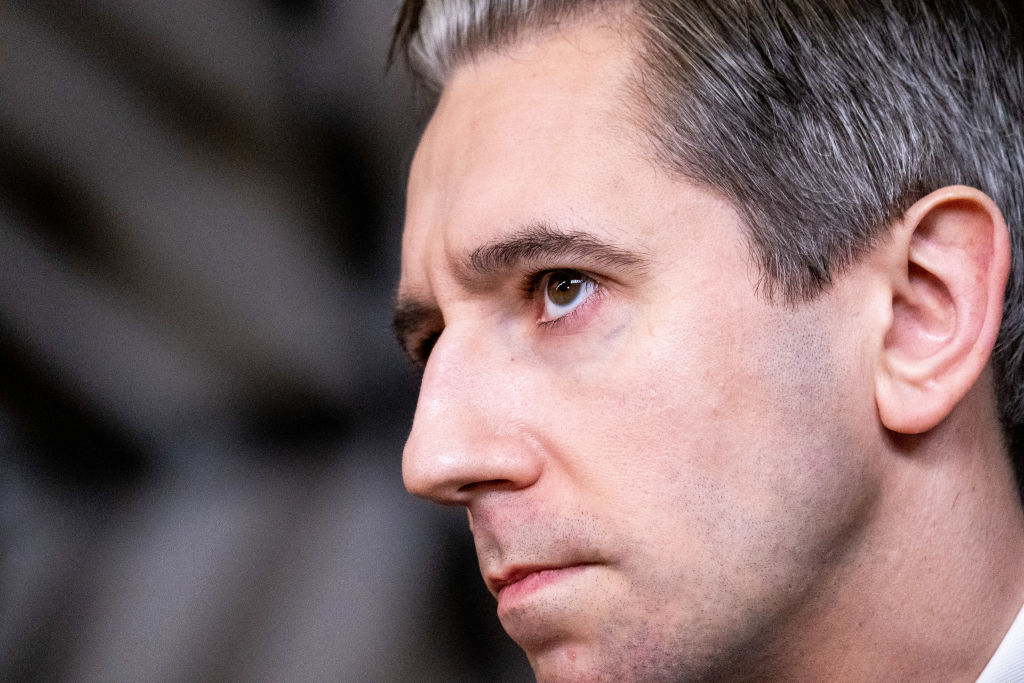When racist graffiti appeared on the walls of a dormitory at Albion College in Michigan, the college heads and student body were outraged. The graffiti, which included racial slurs, anti-Semitic remarks and multiple references to the Ku Klux Klan, prompted college officials to put forward a $1,000 bounty for anyone with information as to the perpetrator. Albion College President Mathew Johnson warned that ‘if they are Albion College students, they will also immediately be subject to the student conduct process — including the potential for suspension or expulsion’. Criminal charges would follow.
More than 450 Albion College students and staff members marched across town to boycott the injustices they believed were happening on campus. Students complained that the college administration wasn’t taking the problem seriously enough and that they would file a civil-rights discriminatory lawsuit, with the help of some Albion College Board of Trustees members if students of color continued to feel unsafe.
In a statement regarding the graffiti, the Albion College administration said they stood against racism, hatred and injustice, ‘the racist and anti-Semitic actions taken on our campus over the last week are cowardly and will not be tolerated,’
Then, the police investigation found that the perpetrator of the crime had in fact been a 21-year-old black student. The college responded by removing him from campus while they conducted a full investigation as part of the student judicial process.
Rather than expressing relief that white supremacists hadn’t in fact been running amok on campus — the graffiti included the phrases ‘KKK’, ‘KKK White Power’, and ‘Albion is racist we do exist KKK’ — college officials simply doubled down on their assertions, declaring that the issue of racism at the school extended beyond the graffiti incident: ‘We know the acts of racism that have occurred this week are not about one particular person or one particular incident…we know that there is a significant history of racial pain and trauma on campus and we are taking action to repair our community.’
But hang on, the act of racism in question had indeed been about one person and one incident — hence the enormous effort made to catch the perpetrator. And what’s all this about ‘a significant history of racial pain and trauma on campus’? For an establishment supposedly dedicated to racial harmony it seems a little odd that the college has been so remiss. Why has nothing been done before now to rectify what has obviously been an ongoing problem?
As to the actual wording of the graffiti, is the college insinuating that it doesn’t really count as proper racism because the guilty party happened to be black? Which leads us to the thorny issue of whether people of color can ever be found guilty of racism; it’s a murky area of course and one that anti-racist advocates tend to steer well clear of, unsurprisingly perhaps when you consider the preponderance of racial epithets in largely black art forms such as hip-hop and rap.
Some of the graffiti on that now infamous dorm wall had been of an anti-Semitic bent, so would that have counted as legitimate racism even though the guilty party had been black? More murk. And what about the man’s intentions when scrawling said graffiti, do they count for anything?
Shaun Parker, who sits on the executive committee of the Albion National Association for the Advancement of Colored People (NAACP) — an organization that has itself come under attack for using the term ‘colored people’ — claimed that ‘when we have incidents like this it makes people feel upset. It makes people feel uncomfortable. It makes people feel scared’. But did those same people feel any less scared and uncomfortable when they discovered that the entire incident had been a hoax? Not according to local activist Harry Bonner who claimed, ‘the race of the person responsible for the graffiti does not change the impact it had on the community’.But surely words become meaningless without some sort of intent and if the intention of the graffiti artist had been to highlight the evils of racism then one could argue that his intentions were honorable. Yes I suppose there’s the slim possibility that the perpetrator had a genuine hatred for his own race but my hunch is that he wanted to stir up yet more racial tension within an institution already on tenterhooks.
With so many schools now signed up to BLM’s aggressively anti-racist agenda which asserts that all racism is institutional, perhaps we shouldn’t be surprised. College officials are desperate to keep the racial fires burning in order to justify all those diversity and inclusion officers and unconscious bias training courses. Who knows, perhaps the graffiti artist had been conspiring with the governors.
Meanwhile over in Arlington, Seattle a young black man has been arrested for faking an incident with the intention of goading police into falsely accusing him of having a gun in order to spark ‘another George Floyd incident’. Perhaps it’s time the burgeoning race industry started considering the consequences of some of its actions. Right now, there is way too much heat and not nearly enough measured response — and yes, I mean on both sides of the racial divide.



